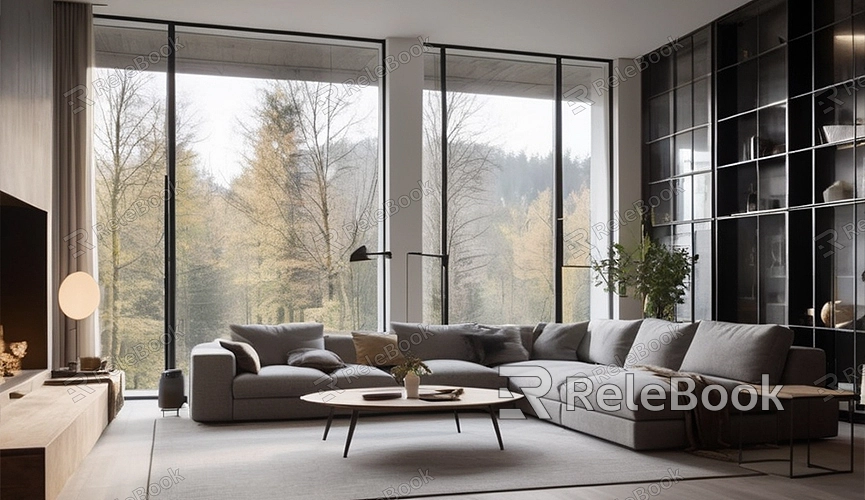How to Render a Scene in Blender
Rendering a scene in Blender is an essential step in creating both 3D animations and still images. With the right rendering settings, you can produce realistic images or videos that make your work more vivid and captivating. This article will guide you through rendering a scene in Blender and provide some useful tips and suggestions.
1. Prepare the Scene
Before rendering, make sure to prepare your scene. This involves setting up models, cameras, lights, and materials, ensuring they are all positioned correctly. You can use Blender's modeling and layout tools to create and adjust the scene to achieve the desired effect.

2. Choose Rendering Engine and Settings
Blender offers several rendering engines, including Cycles and Eevee. Depending on your needs and the characteristics of your scene, choose the appropriate rendering engine. After selecting the rendering engine, adjust rendering parameters such as resolution, frame rate, and sampling to ensure the final render meets your expectations.
3. Adjust Materials and Lighting
Before rendering, you may need to make adjustments to materials and lighting in the scene. Experiment with different material properties and lighting settings to achieve the best visual effects. By adjusting material colors, reflections, refractions, and scattering properties, as well as light types, intensity, and positions, you can make the scene look more realistic and appealing.
4. Set Up the Camera
Setting up the camera is crucial for rendering the scene. Choose a suitable camera angle and focal length to ensure the rendered image or video accurately conveys the information and emotions you want to convey. By adjusting the camera's position, angle, and parameters, you can control the scene's perspective and composition, making it more attractive and expressive.
5. Perform Preview Rendering
Before the final render, you can perform a preview render to see the scene's effects and details. Preview rendering can help you identify and address potential issues such as model layout, material quality, and lighting effects, thereby improving the quality and efficiency of the final render.
6. Start Rendering
When you're satisfied that the scene is ready and achieves the desired effect, you can start the final render. In Blender, you can initiate the rendering process by clicking the render button and wait for the render to complete. Rendering time may vary depending on the scene's complexity and rendering settings, so be patient.
7. Export the Rendered Result
After rendering is complete, you can export the rendered result as an image or video file for use in other software or sharing with others. Blender supports various output formats such as PNG, JPEG, AVI, etc., so you can choose the appropriate format for export as needed. If you need high-quality 3D textures, HDRI, or 3D model downloads for your modeling and virtual scene creation, you can obtain them from Relebook, where you can directly import textures and 3D models into your project after downloading.

